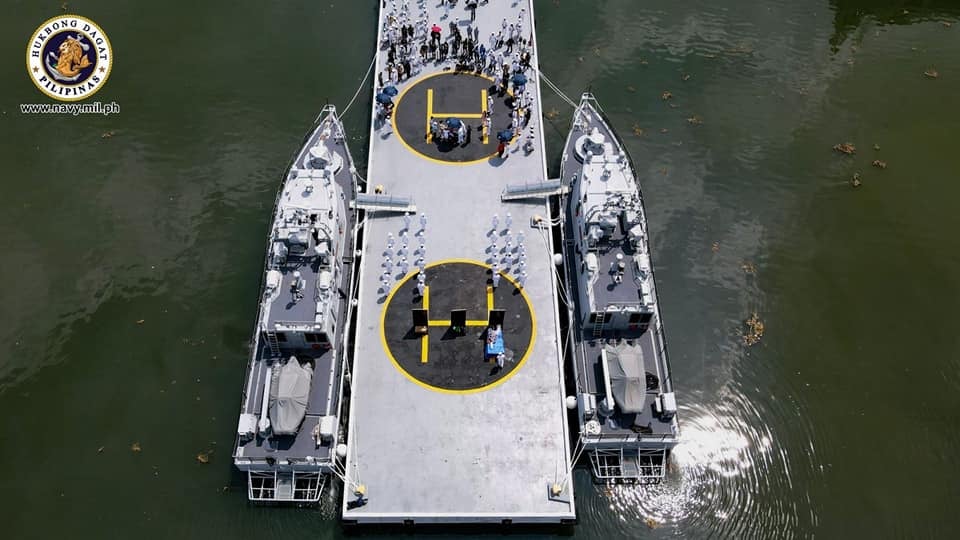Philippine Navy Christens Two Brand New Israeli Patrol Boats
BRP Nestor Acero (PG901) and BRP Lolinato To-ong (PG902) were christened on 6 September. The two brand new Israeli patrol boats are the first of nine that the Philippines has procured. Their arrival is the latest element of the PN’s modernization, bringing new hulls to the aging Littoral Combat Force. Israeli-Philippine security ties are also highlighted, with the arrival of the Israeli-built boats coming after a recent meeting between Israeli and Philippine defense officials.
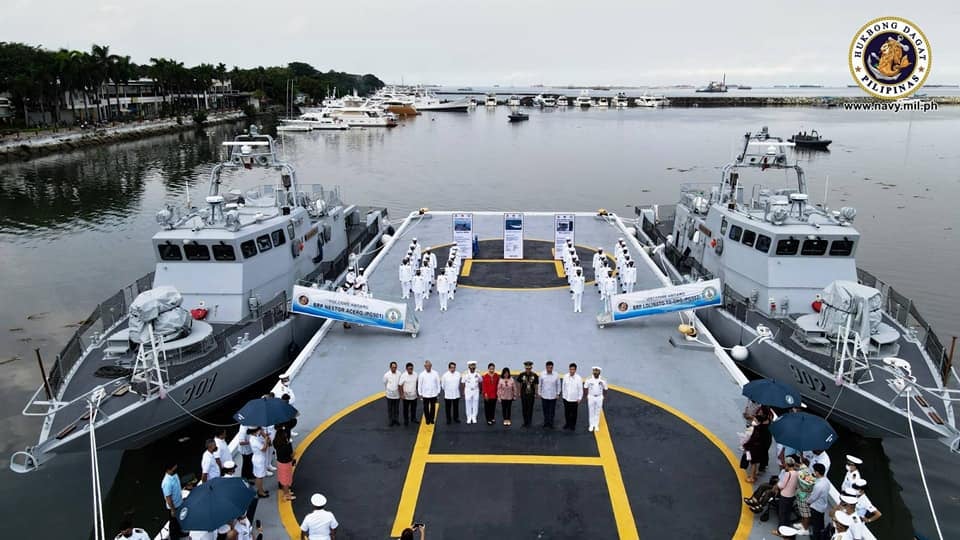
The christening ceremony was attended by several high-ranking Philippine officials. Armed Forces of the Philippines Chief of Staff Lt. General Bartolome Vicente Bacarro. The Chief of Staff remarked on the capabilities that the vessels bring to the Philippines, stating:
“These patrol boats shall significantly enhance our external and internal defense operations in terms of securing our borders against foreign intrusions, and in providing naval warfare support to our ground troops during the conduct of joint operations”
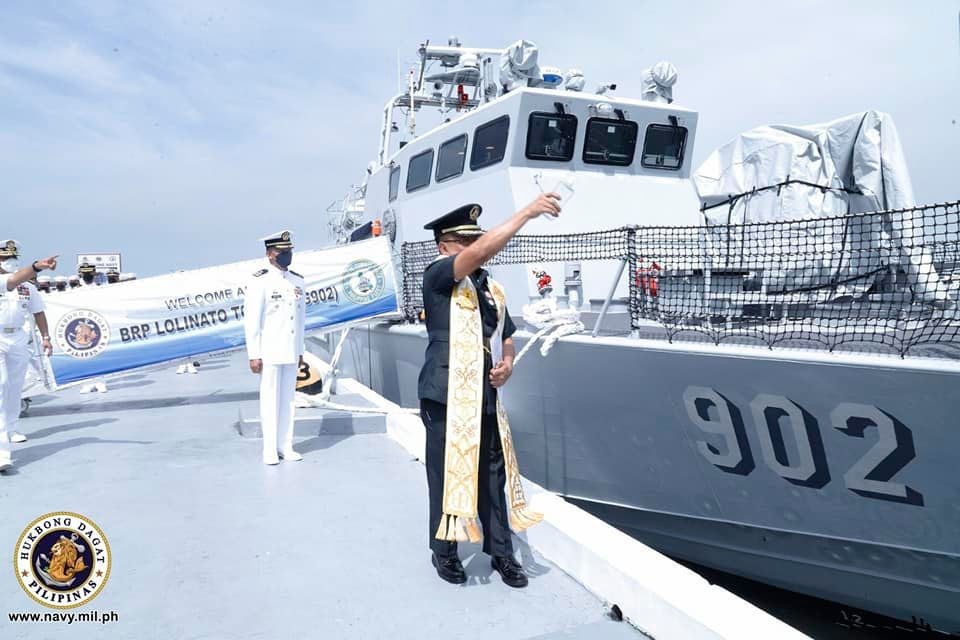
(Philippine Navy Photo)
Philippine Navy Flag Officer-in-Command Vice Admiral Adeluis Bordado reiterated, with his statement further emphasizing the importance of the new capabilities the vessels bring:
“These new FAIC-M vessels are designed to enhance the Navy’s capability in addressing threats within our unique archipelagic composition, at the same time, protect our maritime interests in a rapid and precise manner”
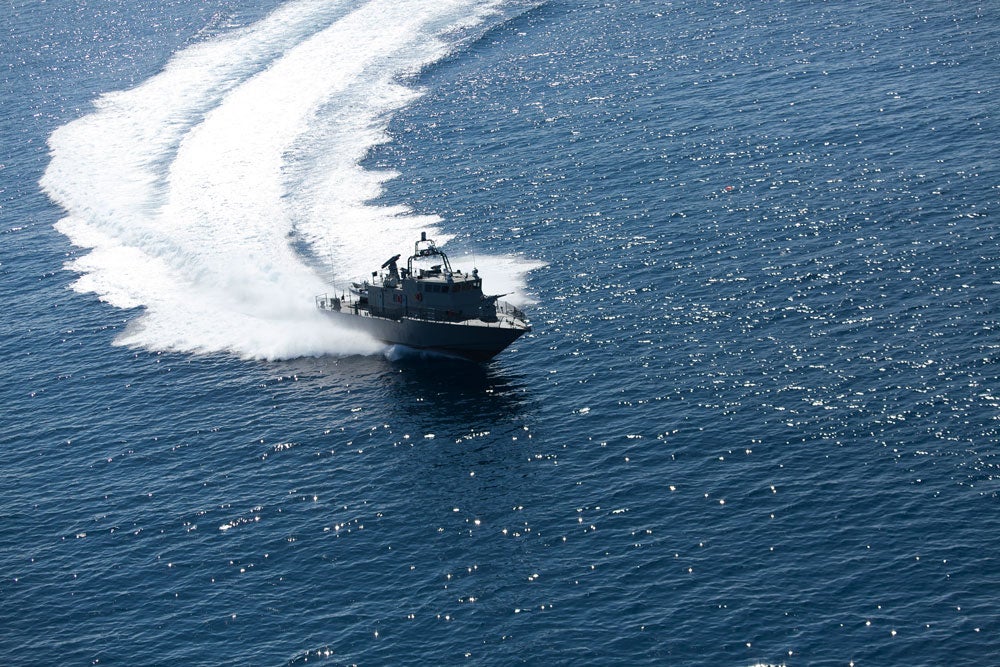
These new assets are from the Shaldag family of patrol boats, specifically the Shaldag Mk V. This variant is the largest of the family, bringing with it increased endurance and capabilities compared to previous iterations of the class. The PN Shaldag Mk Vs were procured under the Fast-Attack and Interdictor Craft-Missile (FAIC-M) acquisition project, itself a special project in the second phase (Horizon 2) of the broader Revised Armed Forces of the Philippines Modernization Program. A notice of award to Israel Shipyards was issued last year, and it seems that from the original requirements of eight FAIC-Ms another boat was to be provided.
Three more boats are to be built in Israel, with the remaining four boats in the Philippines at a yard in Cavite owned by the Philippine Navy. This yard already oversees the maintenance of existing Multipurpose Assault Craft Mk 3s, the first missile boats of the PN.
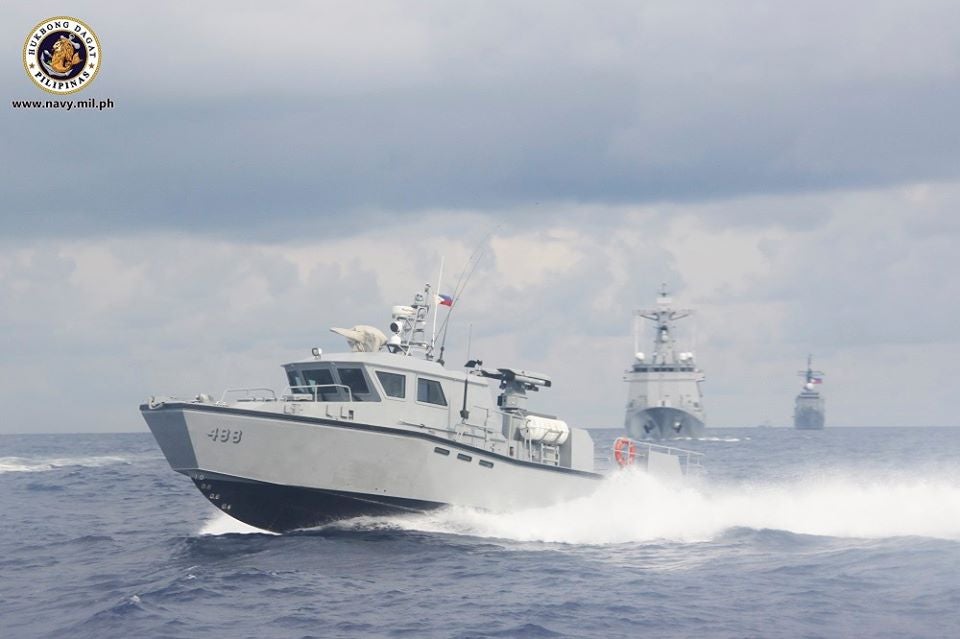
It should be noted that only four of the nine boats will be armed with missiles, with the remaining five boats having fitted for but not with. The missiles are of the Spike series, which the PN already operates. Spike-ER is already in use on MPACs, and Spike NLOS was reportedly in the country as early as 2019 for use on AW159 Wildcat helicopters. The missiles on the Shaldags are of the NLOS variant, which provides greater range than the existing ER on MPAC.
The recipients of these boats will be the Littoral Combat Force, the fleet unit responsible for internal duties within Philippine waters and the littoral zone. The LCF is a dated force, using many patrol craft from the 1990s and before. New vessels are needed for the force to operate effectively. Especially as many vessels that the force currently operates are reaching the end of their service lives, as seen with the former Tomas Batilo-class patrol craft that the Shaldags are replacing. However, with the domestic production of Shaldags in the Philippines, a modern solution to the aging LCF fleet presents itself.
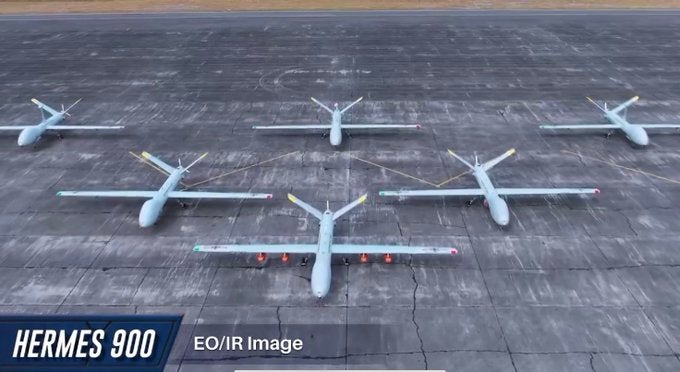
(Screenshot from Philippine Air Force promotional video)
Israeli solutions, such as equipment or services, have been a constant in the various phases of RAFPMP. Some examples include self-propelled guns, armored fighting vehicles, radars, drones, surface-to-air missiles, armored bridge layers, command and control equipment, and more. The delivery of the Shaldag missile boats comes almost a week after the Philippine Department of National Defense head Jose Faustino Jr. met with Israel’s Ambassador to the Philippines. In this meeting, the two expressed further cooperation on defense and military issues.
Israel is to deliver the Philippines’ first SAM systems before the end of the year and has already delivered the simulator for training earlier in April.
Cover Image Courtesy of Philippine Navy

